By now, we have all heard about the Internet of Things (IoT), or the Industrial Internet. Across industries, organizations are attempting to instrument and measure all critical business systems and assets in an effort to drive improved production and service delivery. It is estimated that by 2020, companies will spend
English
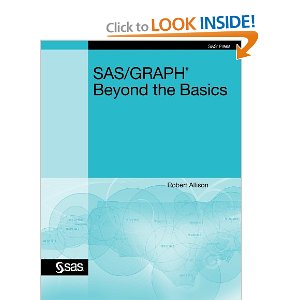
Did you ever wish you could master SAS/GRAPH, and create graphs and maps that were customized exactly like you wanted them? Then this free eBook is for you! Probably the most memorable book for me was the Necronomicon in the Army of Darkness movie. How many of you liked that

Less than a year ago, the country’s attention was on Dallas after the first Ebola patient died. Not only is that where this project begins, but also where it was presented at SAS Global Forum in Dallas. Sharat Dwibhasi and his classmates Dheerj Jami and Shivkanth Lanka from Oklahoma State
@philsimon says that, yes, we can learn a great deal.

I was at a Saturday team-building workshop two weeks ago with folks from a non-profit I work with, and in a small group we were invited to write down 5 questions to ask each other. I received a total of 15 but only had to answer 2 (so it was

If you’re one of the hundreds of SAS users registered for PharmaSUG, scheduled for May 17-20 in Orlando, you should give extending your stay some serious thought. In just a few hours, you can set yourself apart with a professional certification from SAS! SAS is offering something no theme park

Hadoop, in-memory analytics, the Internet of Things (IoT), machine learning, data visualization— topics that are dominating the analytics airwaves. SAS is innovating in all these areas, rapidly developing new products and functionality to meet the needs of today’s analytic environment. During this year’s Technology Connection session, SAS Global Forum 2015
In April, the free trial of SAS Data Loader for Hadoop became available globally. Now, you can take a test drive of our new technology designed to increase the speed and ease of managing data within Hadoop. The downloads might take a while (after all, this is big data), but I think you’ll

Did you know that if you have set multiple titles in SAS, that there is an easy way to remove them? For example, suppose that you've written the following statements, which call the TITLE statement to set three titles: title "A Great Big Papa Title"; title2 "A Medium-sized Mama Title";

The Boulder, The Cliff, and The Baby Imagine you are faced with this very urgent problem: A large boulder is teetering on the edge of a cliff, at the bottom of which sits a baby, at risk of being crushed. How do you solve this problem? One solution for the
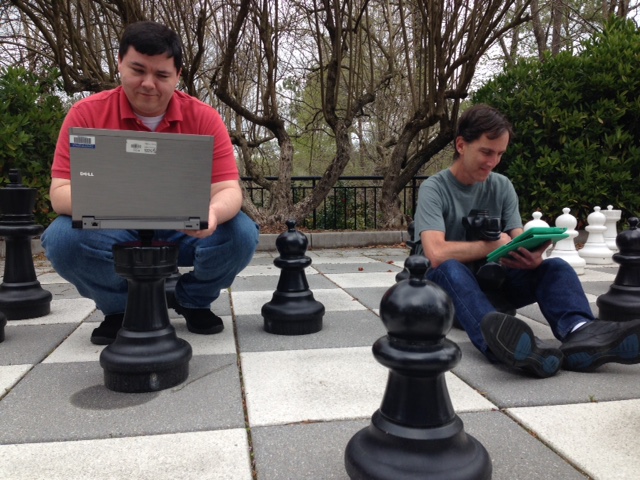
We’re celebrating the student in all of us and you’re invited. Email us a photo of yourself or your fav SAS user learning SAS. Send it to sastraining@sas.com. You can also Tweet us your best shot using #SASworldclass Our planet-friendly training is available worldwide, wherever you may be. Show us

Data governance and data virtualization can become powerful allies. The word governance is not be understood here as a law but more as a support and vision for business analytics application. Our governance processes must become agile the same way our business is transforming. Data virtualization, being a very versatile

How many times have you had a need to convert between variable types such as converting character to numeric or numeric to character? For example, what if you have a character variable with numeric values but you need to perform some calculations? Or, if you have a numeric variable but
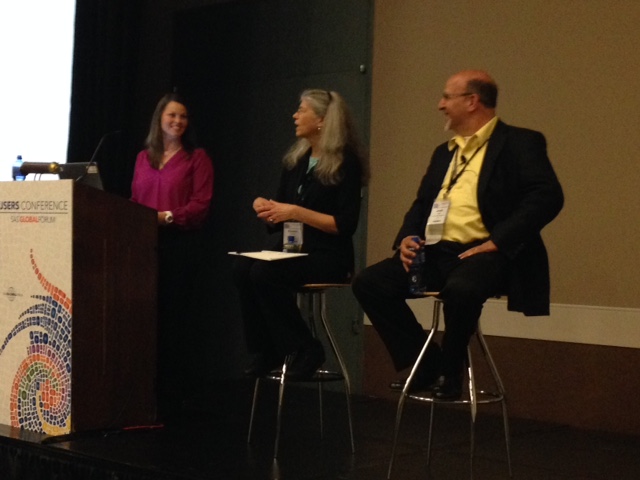
SAS Global Forum provides a perfect opportunity for SAS users group leaders from across the country to meet in-person to share best practices and new ideas. This year’s SAS users group leaders link-up event was led by Melissa Perez – the new users group programs manager at SAS. She talked

As the age old idiom goes, the early bird gets the worm and the early adopter gets the break. New technologies give clear advantages to those organisations that figure out before their early-adopting competitors how to use them effectively, an advantage that recedes as others catch up, and the technology
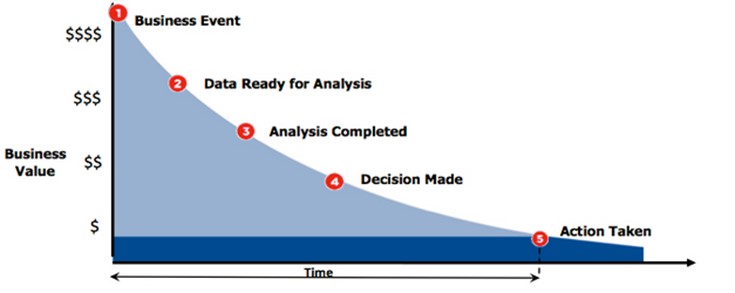
SAS Event Stream Processing that is! The latest release of SAS Event Stream Processing will launch May 12, and numerous customers around the globe are already using it. So what’s the big deal? Why event streams are important to business SAS Event Stream Processing allows organizations to react to events
In the last post, we talked about creating the requirements for the data analytics, and profiling the data prior to load. Now, let’s consider how to filter, format and deliver that data to the analytics application. Filter – the act of selecting the data of interest to be used in the
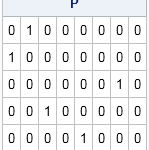
Suppose that you compute the correlation matrix (call it R1) for a set of variables x1, x2, ..., x8. For some reason, you later want to compute the correlation matrix for the variables in a different order, maybe x2, x1, x7,..., x6. Do you need to go back to the
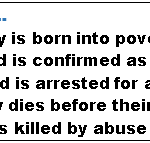
“What we do to our children they will do to society.” Greek philosopher Pliny the Elder said that more than 2,000 years ago, and it’s just as true today. In 2013, more than 600,000 children in the US were confirmed victims of maltreatment in the home, according to U.S. Department
In the era of big data, we collect, prepare, manage, and analyze a lot of data that is supposed to provide us with a better picture of our customers, partners, products, and services. These vast data murals are impressive to behold, but in painting such a broad canvas, these pictures

For more than 25 years, PharmaSUG has been the premier educational experience for SAS users in the pharmaceutical industry. Whether you're new to using SAS or a seasoned veteran, this year's event in Orlando, May 17-20, has something for you!
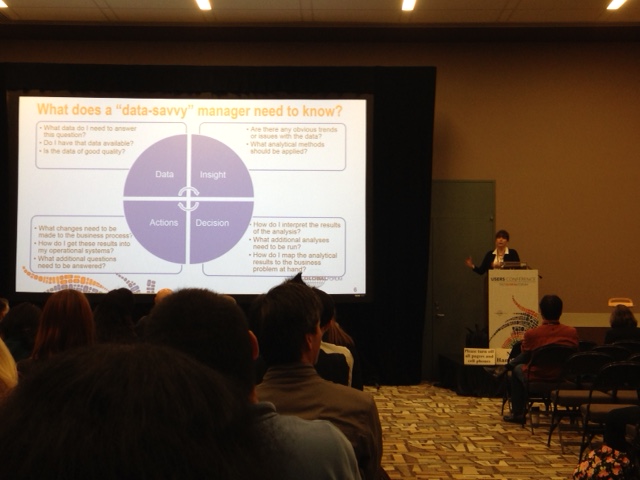
One of the big topics at SAS Global Forum 2015 is the analytics skills gap. Tonya Etchison Balan of the Poole College of Management at NC State University presented a case study approach for teaching analytical skills. The motto at NC State is “Think and Do.” What that means is

The SAS Business Knowledge Series now offers an online version of the "Forecast Value Added Analysis" course, taught via live web in two afternoon sessions, May 7-8. The instructor is my colleague Chip Wells, who expanded our original 1/2 day FVA workshop with new material, examples, and exercises based on his

The Institute of Business Forecasting's FVA blog series continued on March 2, with my interview of Steve Morlidge of CatchBull. Steve's research (and his articles in Foresight) have been a frequent subject of BFD blog posts over the last couple of years (e.g. The "Avoidability of Forecast Error (4 parts),
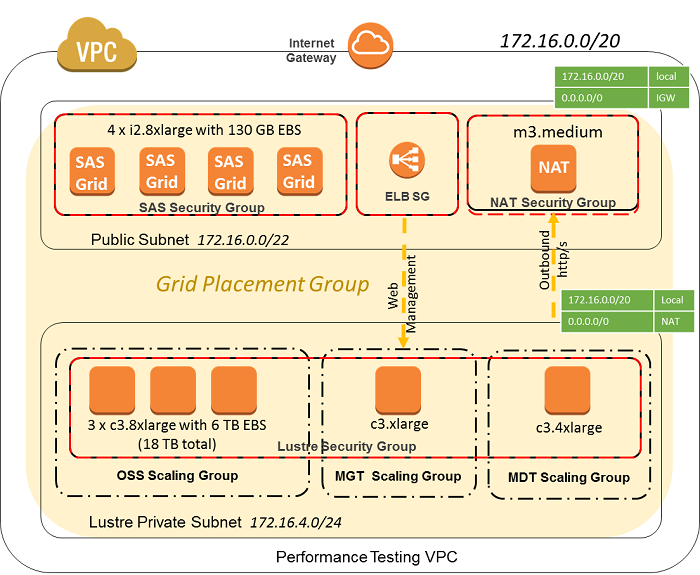
SAS recently performed testing using the Intel Cloud Edition for Lustre* Software - Global Support (HVM) available on AWS marketplace to determine how well a standard workload mix using SAS Grid Manager performs on AWS. Our testing demonstrates that with the right design choices you can run demanding compute and

I've seen a lot of recent news articles purporting income inequality in the U.S. ("the rich get richer, and the poor get poorer") ... and I wondered if the graphs were a true/unbiased representation of the data. For example, I recently saw a couple of graphs in an article on the
One area that often gets overlooked when building out a new data analytics solution is the importance of ensuring accurate and robust data definitions. This is one of those issues that is difficult to detect because unlike a data quality defect, there are no alarms or reports to indicate a
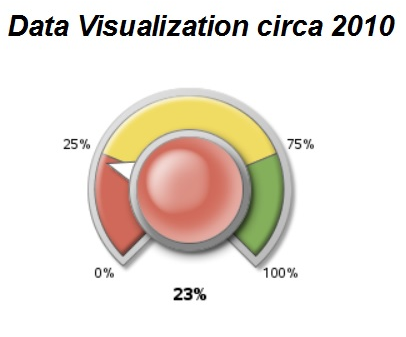
A colleague and I were looking for a good example of how analysts used to use graphics to report data, a data visualization before and after, so to speak. We needed a good "before" screenshot for a “before and after” comparison for our SAS Global Forum 2015 paper, Visualizing Clinical Trial Data.
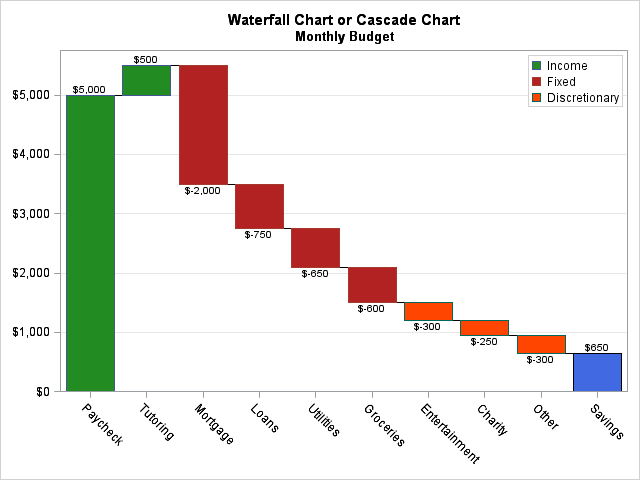
Sometimes different communities use the same name for different objects. To a soldier, "boots" are rugged, heavy, high-top foot coverings. To a soccer (football) player, "boots" are lightweight cleats. So it is with the term "waterfall plot." To researchers in the medical field, a "waterfall plot" is a sorted bar

SAS Global Forum has just begun. Attendees are excited to see everything and everyone. A team of volunteers works hard with one goal in mind. To make sure it’s perfect to have you return time over time. There are definitely quite a few changes and I know for some past





















